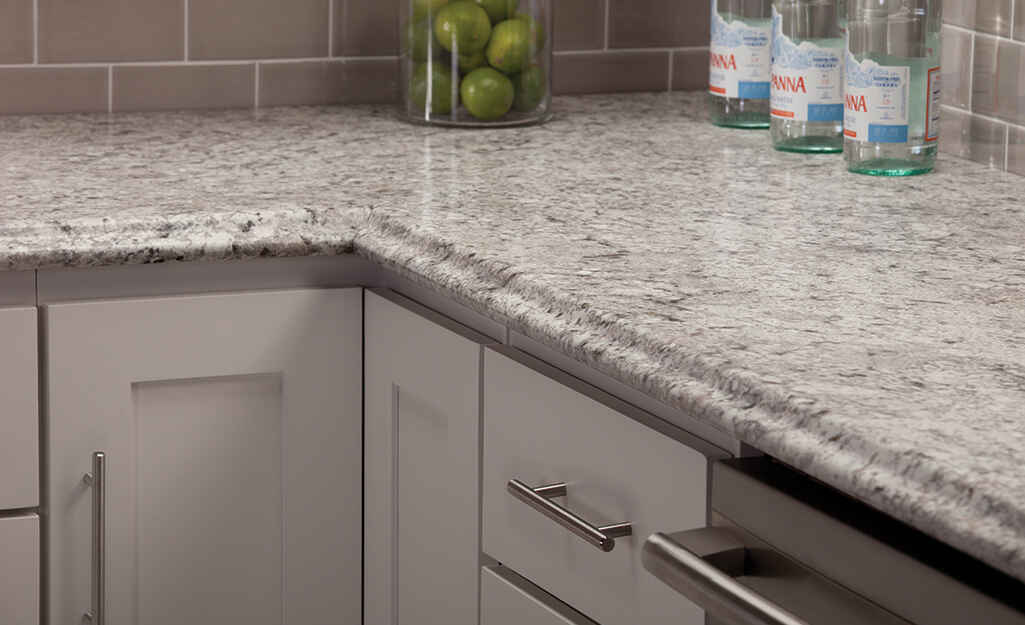 The Taj Mahal, one of the Seven Wonders of the World, was create completely of marble in 1632, making marble one of the most sought-after stones for decades. The need for marble stone for walls, floors, and monuments has only grown through time. Its calming quality and natural magnificence are two factors in its considerable popularity. However, it is rather pricey and only appears to be truly beautiful when it is fully polished. Both experts and homeowners search for efficient marble polishing techniques so they can appreciate the material’s true natural beauty. One must use a precise polishing technique to polish marble edges in Delhi, floors, monuments, and worktops if they are to achieve the desired polishing and eye-catching appearance.
The Taj Mahal, one of the Seven Wonders of the World, was create completely of marble in 1632, making marble one of the most sought-after stones for decades. The need for marble stone for walls, floors, and monuments has only grown through time. Its calming quality and natural magnificence are two factors in its considerable popularity. However, it is rather pricey and only appears to be truly beautiful when it is fully polished. Both experts and homeowners search for efficient marble polishing techniques so they can appreciate the material’s true natural beauty. One must use a precise polishing technique to polish marble edges in Delhi, floors, monuments, and worktops if they are to achieve the desired polishing and eye-catching appearance.
Here are some suggestions for cleaning this beautiful natural stone to remove minor surface flaws and restore its brilliance.
Tools Need to Polish Marble are- gloves, safety glasses, protective mask, work Table, cleaning towels, some water, a complete set of diamond polishing pads (Grit 50, 100, 200, 400, 800, 1500 and 3000 grits), wet polisher or grinder, and marble sealer.
Steps For Marble Edge Polishing
Diamond marble polishing pads of various grit sizes are use in conjunction with a wet stone polisher grinder during the marble honing and polishing stages. When the right procedure is followe, the outcomes are very evident.
- Place the marble slab on a work surface; take care to keep it stationary as you work. Although it is not necessary, it is a good idea to mask areas close to the marble stone. Masking tape is a great tool for this.
- Examine the marble slab’s edges closely. An edge that has been profile or cut may have several severe, heavy scratches.
- You can locate a better smooth surface after repeating the process with various small sizes of grits that is free of any saw marks, old sealer, or wax.
- Before switching to a higher grit, be sure the entire surface has been polished. Wipe the edge surface with a gently squeezed wet cleaning towel, then polish it dry to make sure every portion of the edge is polished. Where the water has already been polish, heat will cause it to evaporate. Once the water has completely evaporated, repeat the wet polishing process.
- Using the diamond marble polishing kit, keep going back and forth between coarser and finer grits until you achieve the finish you want. Ensure that you have applied grits in ascending order, applying 50, 100, 200, 400, 800, 1500, and 3000 grits gradually. Continue using the polishing pads on a regular basis.
- Use each pad one at a time until the polish begins to appropriately shine. After that, vacuum the area as necessary to get rid of any dirt. At grit 800, you would discover decent shine, and as you move up to grit 1500 and 3000, the finish will start to resemble a mirror.
Subhash Nagar | in Janakpuri | in Uttam Nagar | in Dwarka | in Najafgarh | in Subhash Nagar | in Gurgaon | in Ghaziabad | in Tilak Nagar | in Tagore Garden | in Rajouri Garden | in Ramesh Nagar | in Moti Nagar | in Shadipur | in Patel Nagar | in Karol Bagh | in Kirti Nagar | in Moti Nagar | in Ramesh Nagar | in Vikas Nagar | in Nehru Place | in Chhatarpur | in Adarsh Nagar | in Pitam Pura |
In Rohini | in Kashmiri Gate | in Shastri Park | in Laxmi Nagar | in Lajpat Nagar | in Saket | in Paschim Vihar | in 3 Murti | Rohini Sub City | Shalimar Bagh | Narela | Pitam Pura | Ashok Vihar | Adarsh Nagar | Kashmiri Gate | Kamla Nagar | Mukherjee Nagar | Shastri Park | Yamuna Vihar | Rajender Nagar | Paharganj | Mayur Vihar | Mayur Vihar | Preet Vihar | Anand Vihar | Shreshtha Vihar | Green Park | Hauz Khas | Saket | Jangpura | Lajpat Nagar | Govindpuri | Sarita Vihar | Okhla | Palam | Vasant Kunj | Vasant Vihar | Inderpuri | Paschim Vihar | Bali Nagar
